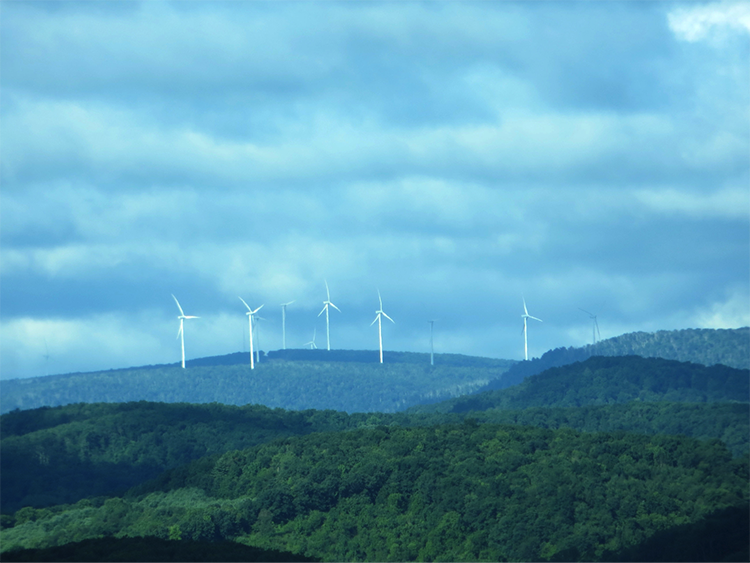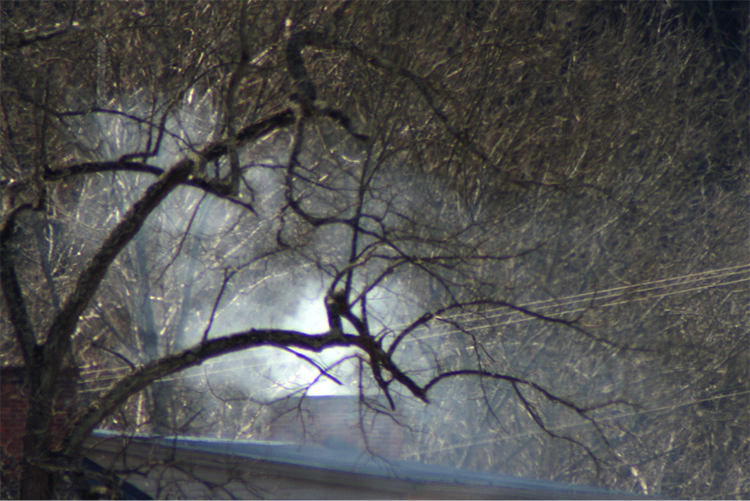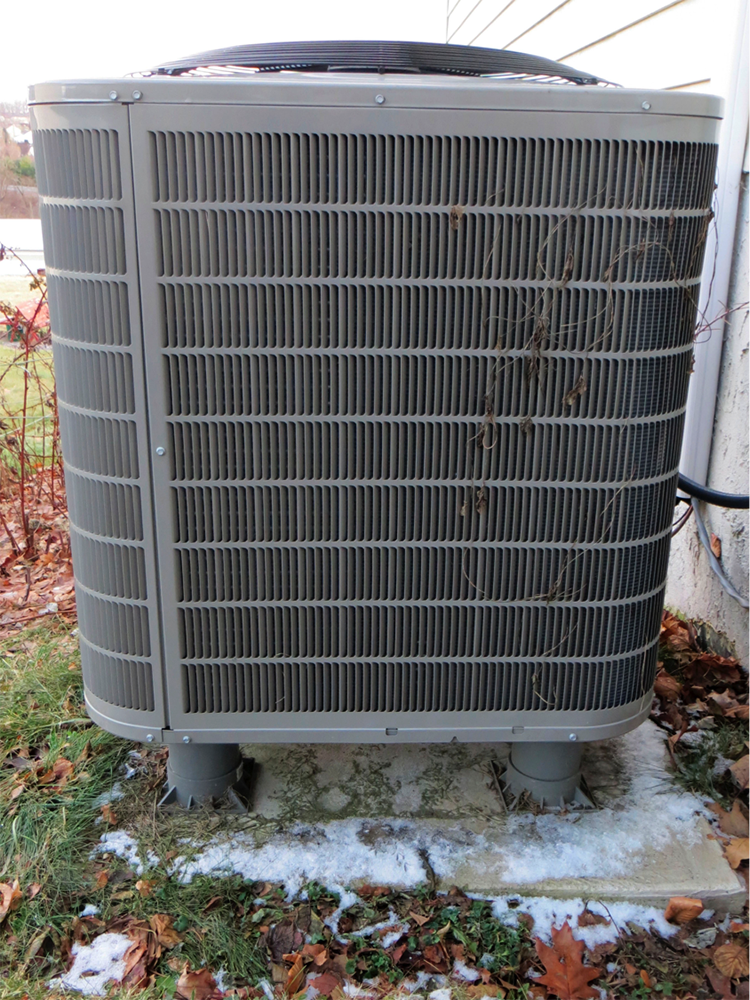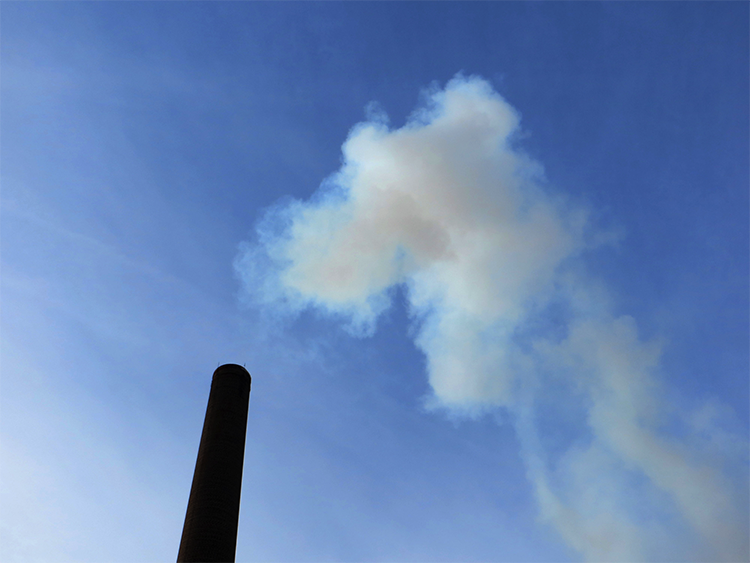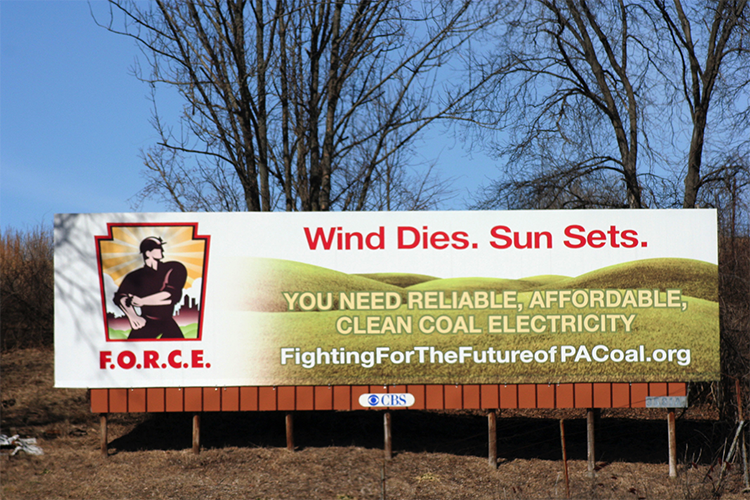Course Introduction
Fossil fuels mean big money. Six of the world’s seven largest businesses by sales are in oil and gas, with the next two an electric utility and a “commodities” company with a whole lot of fossil-fuel activity (Wikipedia, accessed May 3, 2015). Companies such as Apple and McDonalds are puny in comparison. Yet, the science is solid that the world will be economically better off—in dollars and cents, jobs and investments—if we take wise actions to start moving away from fantastically valuable fossil fuels.
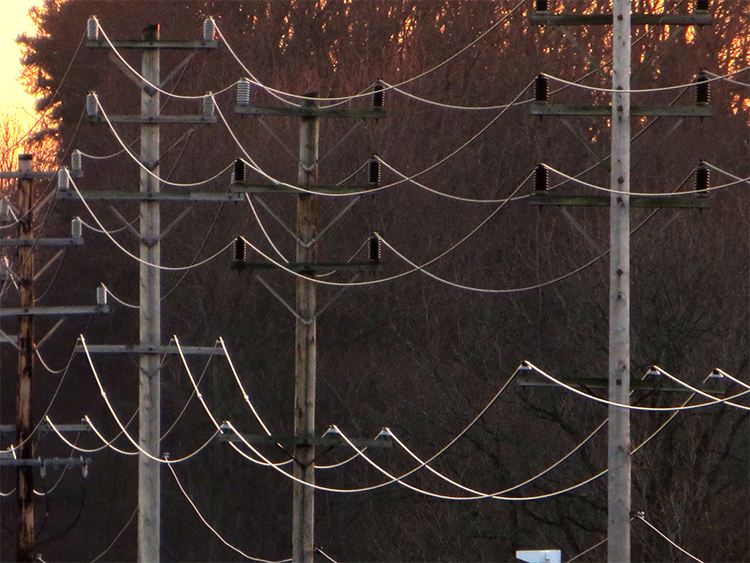
If that seems totally crazy, then you’ve come to the right class. We love the good we get from energy use—having a tractor plow the field is much more enjoyable for most people than hoeing corn all summer so we don’t starve in winter. In the US, the roughly 2000 Calories we each get from our daily food are dwarfed by the approximately 200,000 Calories from the fossil fuels that support our lifestyle (plus a little help from nuclear and renewables, for a total of almost 240,000 Calories per person per day). With a gallon of gasoline costing less than a gallon of milk but supplying much more energy, we apply cheap fuels to help solve many of our problems.
But, we are burning fossil fuels approximately a million times faster than nature saved them for us, and new fossil fuels are forming far too slowly to be useful. So, we can strip mine the mountain tops, frack the shales, and then build a renewable energy system, or we can leave some of the now-valuable coal, oil and gas in the ground and build the renewables more rapidly.
Energy companies have been amazingly efficient at supplying the fuels we asked for, and burning those fuels makes carbon dioxide. We put out slightly less than 1000 pounds of household trash per person per year for garbage collectors to haul away, but fossil-fuel burning in the US generates almost 40,000 pounds of CO2 per person per year. The physics behind the warming influence of this CO2 has been known for over a century, and was really worked out by the US Air Force after WWII to help in such tasks as designing sensors for heat-seeking missiles. This may be contentious in Congress, but not in serious science; the knowledge of how energy and gases interact in the atmosphere is used and verified every day in many ways.
The scholarship is clear that a little climate change is inexpensive, but each degree of warming will cost more than the previous one—costs rise faster than temperatures. So, the more fossil fuel we burn, the more expensive it becomes to burn more, and the more beneficial to switch.
Fortunately, we are the first generation in history that knows how to make the switch, with shovel-ready technologies. But, how do we get as much good as possible while minimizing the bad, respecting the value of fossil fuels while developing the potential of the renewables? This class won’t tell you what to do or how to vote, but it will give you the tools to decide. So, power up and let’s go see.
Here are a few pictures of our energy system, introducing topics that we will address in the course.

